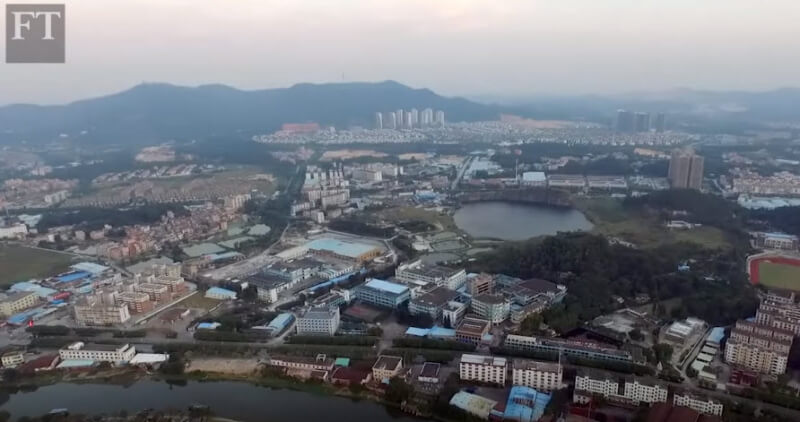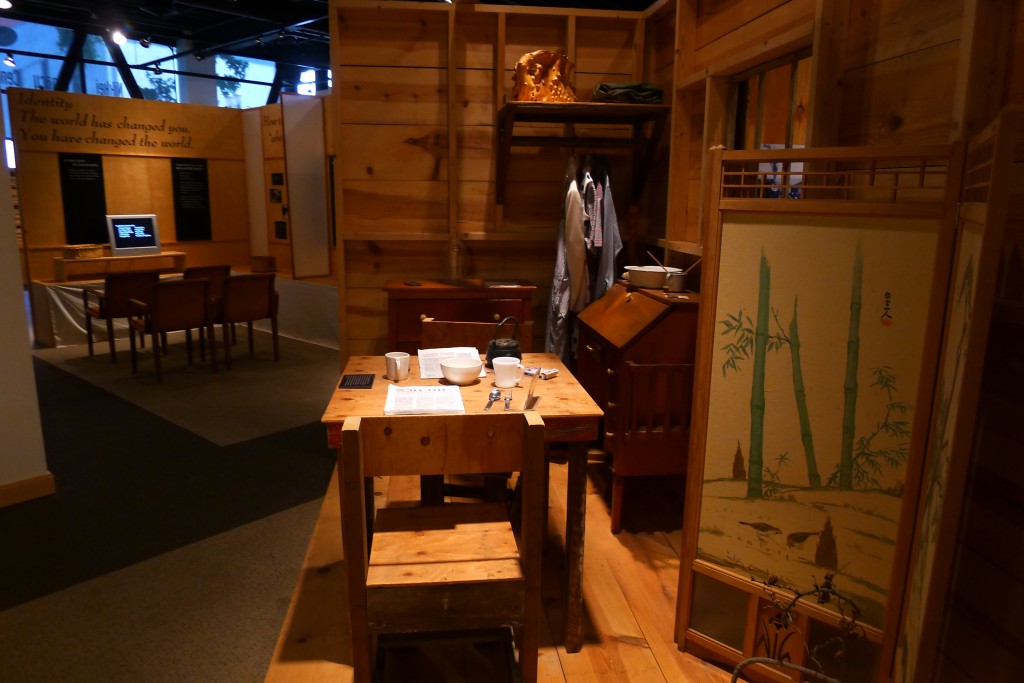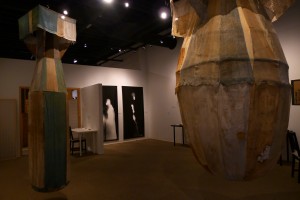
I follow news from all over Asia. Primarily, I pay attention to all the news happening in Japan, from the goofy stuff to the serious headlines. But the world is so interconnected these days, that Japan can easily be affected by news developments — political, economic, cultural — in other parts of the globe, and especially Asia. The crazy dude in North Korea, Kim Jong Un, for example, has been shooting missiles into the sea to flex his weak muscle and try to scare Japan and it allies, like the U.S. and South Korea, whenever the U.S. conducts military exercises in the region.
The most important news from Asia is often about China. China is the 800-pound economic gorilla of Asia. A more appropriate description might be a slinky Asian tiger or dragon, but the enormity of China’s outsized impact is like a gorilla: brute strength sometimes flailing about like King Kong beating his chest and romping through Manhattan — Wall Street, to be exact.
For years, China’s economy was growing so fast that it attracted laborers from rural regions (of which there are many) to the cities where good paying manufacturing jobs were available. For years China invested huge amounts in building cities and the infrastructure to reach those cities. For years, China’s growth and spending was a windfall for the rest of the world, which was happy to supply the raw materials and technology to help China become the second largest economy in the world, overtaking Japan.
The whole world got richer as China got rich, and the Chinese got rich too, relatively speaking. A middle class developed in the cities, and China became one of the biggest markets on Earth for cars. Hollywood studios regularly court China’s humongous audience, these days flush with disposable income and able to go see the latest theatrical releases. Luxury goods and Western brands are all the rage with the nouveau riche, and Chinese tourists, who now have the cash to travel all over the world, are visiting Japan in droves and returning with modern rice cookers and fancy heated toilet seats.
The downside to all this growth is captured in the nervous joke that’s been making the media rounds: “When China sneezes, the world catches cold.”
Continue reading












